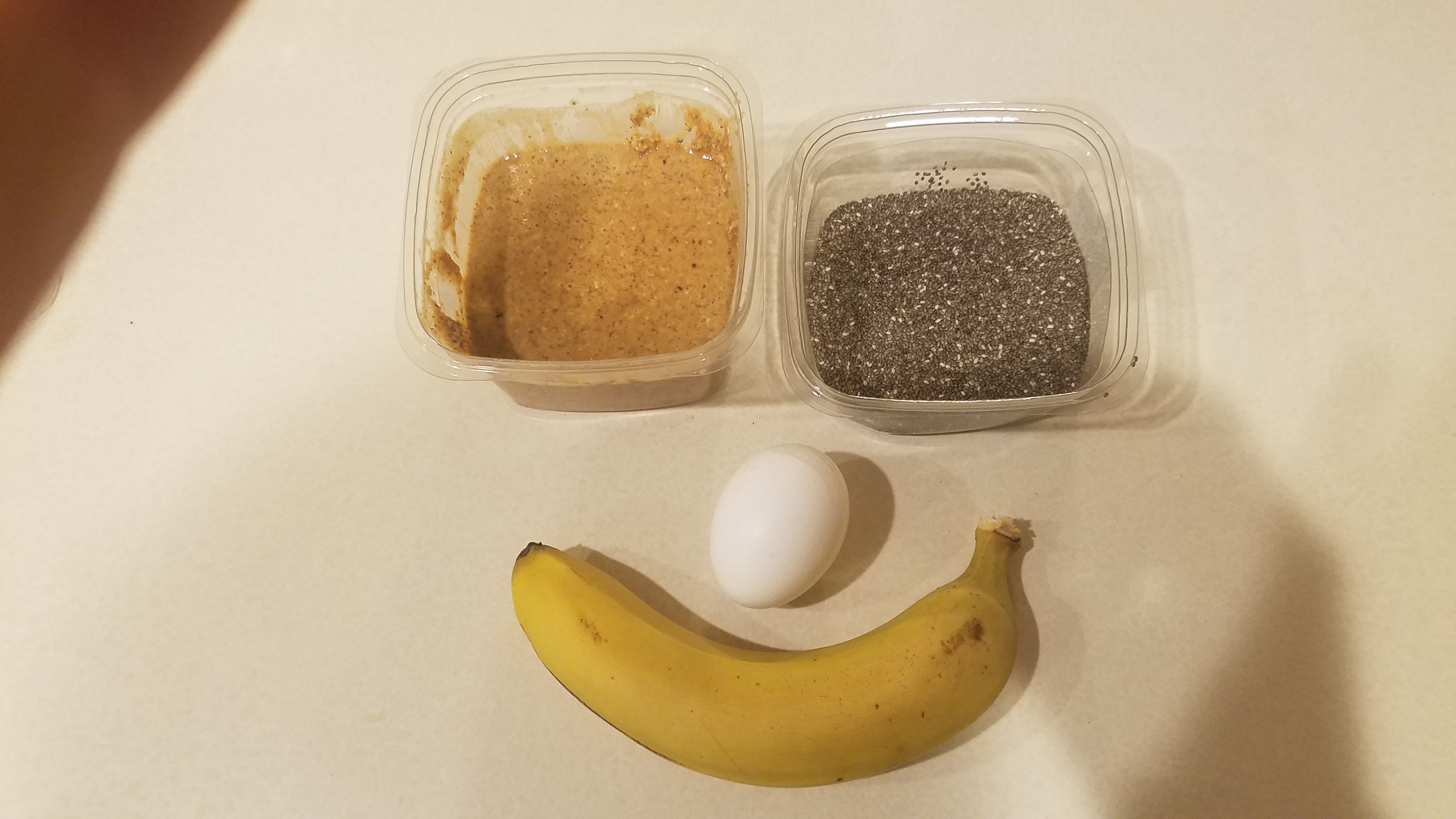Establishing a stable Fitness routine centered around your work life can be a challenge. A lot of the working population travel for either their work, their own business, or family life as well. It’s already very challenging to establish a fitness routine on your own home grounds. For those of you who already has a routinely scheduled fitness routine to where you do some sort of exercise routine 3 times a week, great job. However, for the population who travels on airplanes or road trips and must stay in hotels for their work, going to different cities or different countries and maintaining a fitness routine on foreign grounds can pose a serious challenge.
When traveling interrupts your physical fitness routine and healthy lifestyle routine at home, one of the best ways to counter this obstacle in front of you is to PREPARE. Preparation for healthy eating and exercise habits are two main components that can be managed and carried over for the individual who frequently travels.
Looking at the nutritional aspects of traveling and maintaining healthy dietary habits is always challenging. One thing you can do to prepare yourself to avoid eating out at crappy restaurants on the road and avoiding foods that will put a halt in your healthy eating habit, is to first look at the city in which you are going to be traveling to and then do a quick Google search on something like looking for a healthy grocery store or healthy restaurants. For example, you could just simply type into the Google search “Anaheim healthy restaurants” or “Portland Whole Foods.” This is a great way to start the research process and prepare yourself for learning about a place where it is that you can obtain healthy foods that will not prevent you in your healthy lifestyle decisions when it comes to nutrition on the road for your job.
Not being able to exercise is always another obstacle that can prevent you from getting proper exercise when on the road. Once again preparation is key. Once again, use the Google search to look for hotels that have exercise facilities inside of them. If those hotels have gyms, don’t be afraid to give a quick call to the front desk and ask them what type of equipment they have. If it’s a hotel exercise room that has a treadmill, a floor, maybe a bench with a few dumbbells… then you can design a quick exercise routine that can be done! Remember just spending 30 minutes to an hour in an exercise routine you can play huge benefits for people who are on the road and traveling and may feel limited to resources when adhering to exercise.
The other option is to do exercises in your hotel room. If all else fails, you can stick to simple bodyweight exercises that require only your-self and the floor. Exercise such as squats, planks, and push-ups can be programmed into an exercise routine that can give you a very significant benefit to maintain your fitness levels.
It’s true that exercising on the road may not be as beneficial to when you are exercising on your own home turf where you’re comfortable. However, avoiding exercise is a lot worse than just doing 50% of your best. Life throws a lot of obstacles in front of us that may keep us from adhering to a healthy lifestyle. However, preparing for obstacles such as road trips and making sure that you have the proper tools to make Lifetime Fitness a priority in your day, you can make sure that you have a lifetime of exercise and healthy eating habits.


